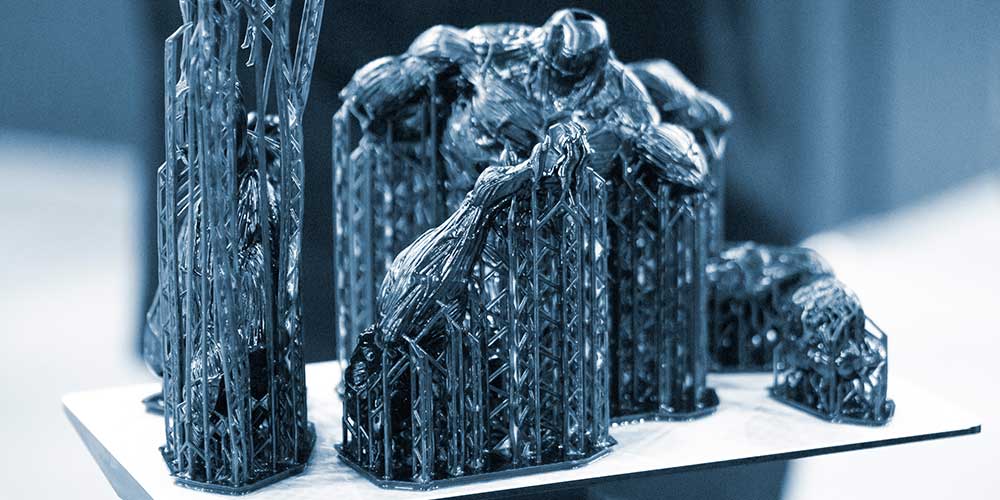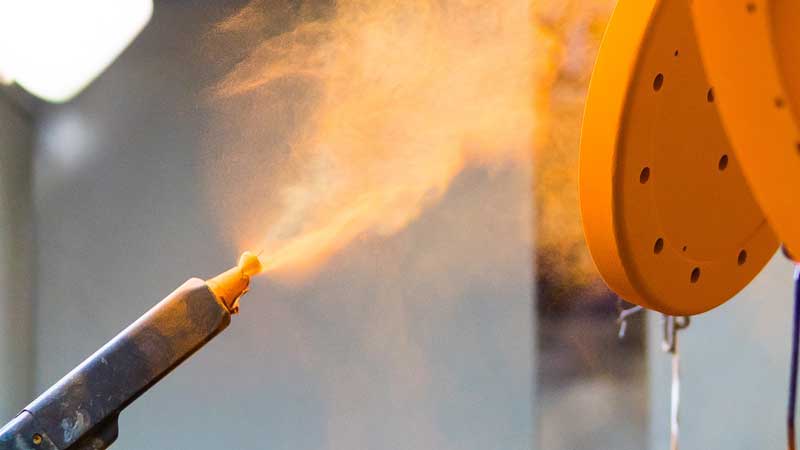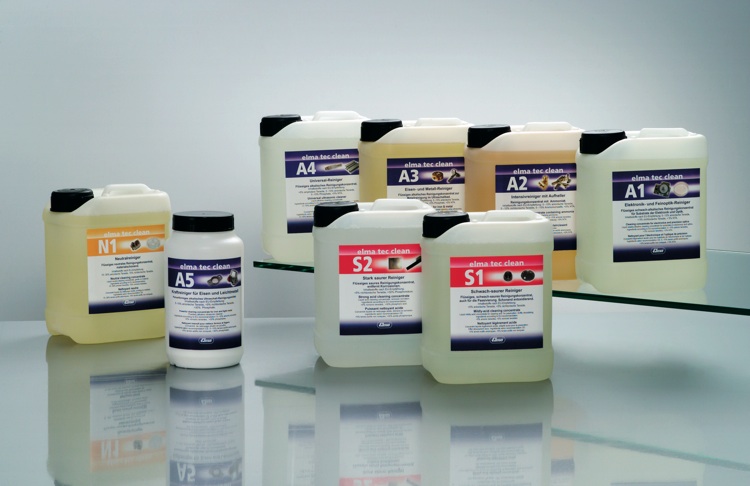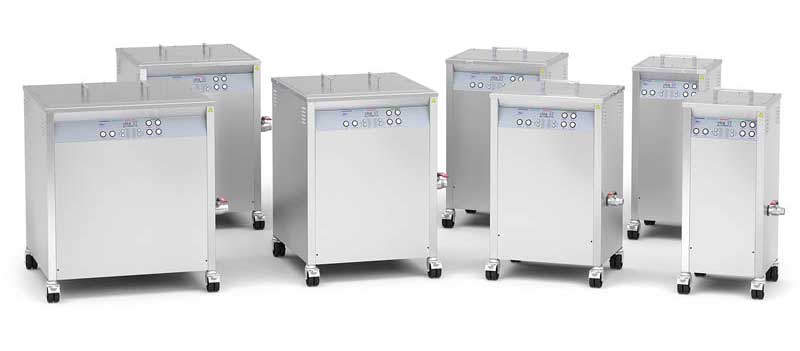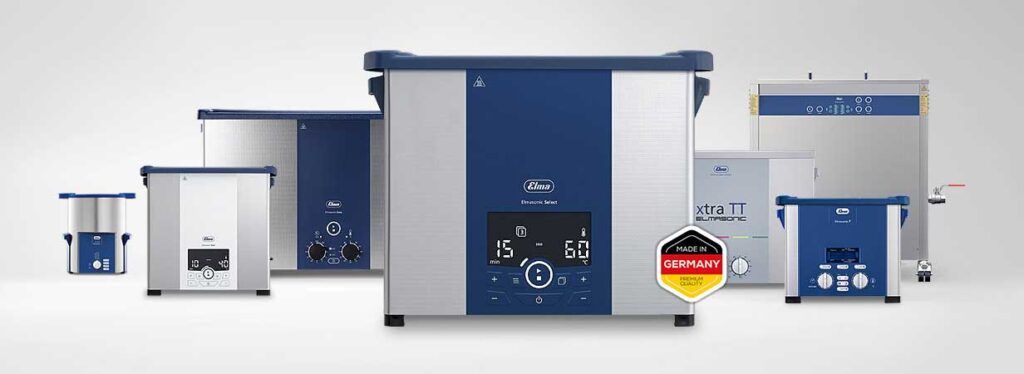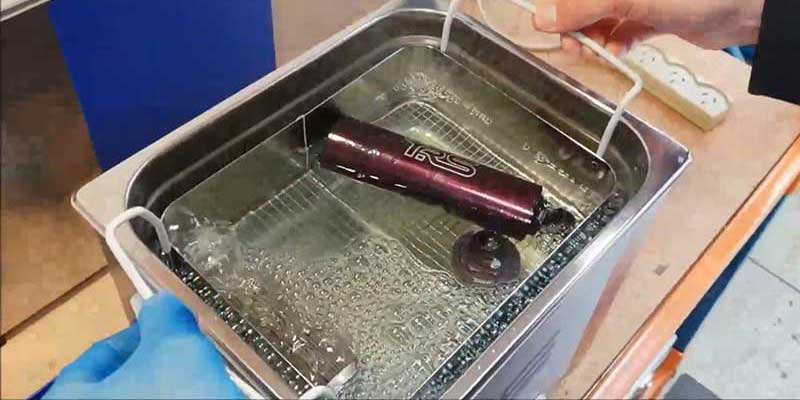Ultrasonic Cleaners
Selecting a Large Ultrasonic Cleaner for Large-Scale Cleaning
For businesses requiring the cleaning of large components or high-volume batches, a large ultrasonic cleaner with a capacity exceeding 100 gallons is essential. This guide outlines the critical features to consider when selecting a large ultrasonic cleaner, followed by practical application examples. Key Features for Large Ultrasonic Cleaning Systems Examples of Large Ultrasonic Cleaners Offered…
Laboratory Sonicator Guide: Applications, Benefits, and Equipment Selection
Using Ultrasonic Cleaners to Remove 3D Printed Mold Supports
3D printing, encompassing technologies like fused deposition modeling (FDM) and fused filament fabrication (FFF), has revolutionized manufacturing by significantly reducing the cost and complexity of traditional molding techniques, such as lost wax casting. By utilizing compatible thermoplastic materials like ABS for the part and PLA for removable mold supports, 3D printing enables the rapid creation…
Cleaning Adhesive Gun and Spray Paint Nozzles with an Ultrasonic Cleaner
We sometimes get a question along the lines “Can I use an ultrasonic cleaner to clean sprayer tips?” There’s lots of advice on the Internet for cleaning adhesive gun and spray paint nozzles. Many involve time-consuming manual cleaning and/or the use of volatile solvents such as acetone. A better way is sonic cleaning adhesive gun…
Ultrasonic Cleaner Maintenance: 4 Key Tips
Ultrasonic Solution Selection Guidelines
The ultrasonic cleaner solution you select plays a major role in successful ultrasonic cleaning operations. These solutions are available in a wide variety of formulations for your ultrasonic cleaner – each designed for specific cleaning tasks. These solutions are also referred to as cleaning chemistries and in some cases “soaps.” We’ll stick with ultrasonic cleaner…
Picking the Best Industrial Ultrasonic Cleaner
Imagine a mountain of greasy, grime-caked parts. Production grinds to a halt. Manual cleaning? Forget it. You need a solution that cuts through the toughest contaminants, fast. That’s where the right industrial ultrasonic cleaner comes in. But “right” isn’t one-size-fits-all. Tank size, frequency, solvent compatibility – the choices can be overwhelming. Let’s cut through the…
Specifying an Ultrasonic Cleaner Machine
An ultrasonic cleaner machine is often first choice for cleaning or processing operations across a broad spectrum of industry. This is borne out by a Polaris Market Research report noting that the market “is anticipated to grow from USD 1.37 billion in 2024 to USD 2.23 billion by 2032, exhibiting a CAGR of 6.2% during the…
Ultrasonic Parts Cleaner Specification Tips
DPF and EGR Filter Maintenance with Ultrasonic Cleaners
Diesel particulate and exhaust gas recirculation cooler filters lose efficiency over time. Indications include warning lights, increased fuel consumption, rough starts, stalling, and dark exhaust. Searching DPF and EGR cleaning yields many results on how owner-operators, fleet managers and maintenance shops deal with DPF and EGR cooler maintenance. Here is how an ultrasonic cleaner can extend DPF…


